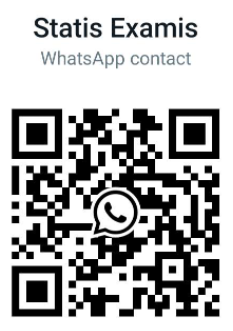Navigation » List of Schools » Glendale Community College » Psychology » Psychology 103 – Physiological Psychology » Spring 2022 » Chapter 8 Quiz 2
Question #1
Which of the following is a major finding of the Jenkins and colleagues PET study of motor learning?
A Posterior parietal cortex was more activated during the performance of both newly learned sequences than during the performance of well-practiced sequences.
B all of these
C The cerebellum was activated during both newly learned and well-practiced sequences but more during newly learned sequences.
D Contralateral primary motor and somatosensory cortices were equally activated during the performance of newly learned and well-practiced sequences.
E Dorsolateral prefrontal cortex was activated during the performance of newly learned but not well-practiced sequences
Question #2
One fMRI study indicated that the central sensorimotor programs for signing one’s name are stored in
A association cortex.
B secondary motor cortex.
C descending motor pathways.
D spinal interneuronal pools.
E primary motor cortex.
Question #3
A Golgi organs.
B Renshaw cells.
C cocontraction.
D muscle spindles.
E reciprocal innervation.
Question #4
A CNS is to PNS.
B voluntary is to reflex.
C muscle spindle is to skeletal muscle.
D dynamic is to static.
E voluntary is to ballistic.
Question #5
A fatigue.
B color.
C length.
D location.
E tension.
Question #6
A spindle afferents.
B gamma efferents.
C Golgi tendon organs.
D extrafusal motor pools.
E synergistic muscles.
Question #7
A isometric.
B antagonistic.
C dynamic
D synergistic.
E extensors.
Question #8
A discharge unit.
B motor unit.
C agonists.
D motor pool.
E antagonists.
Question #9
A most muscle fibers.
B most extensors.
C fewest muscle fibers.
D most motor neurons.
E fewest motor neurons.
Question #10
A cerebellum was lesioned.
B dorsolateral corticospinal tracts were transected.
C dorsolateral corticorubrospinal tracts were transected.
D ventromedial corticospinal tracts were transected.
E basal ganglia were lesioned.
Question #11
A vestibular nucleus
B tectum
C cerebellum
D basal ganglia
E tegmentum
Question #12
A tectum.
B reticular formation.
C all of these
D vestibular nuclei.
Question #13
A muscles of the hands and wrists.
B motor neurons that project to the fingers.
C muscles of the fingers and thumb.
D interneurons of the spinal gray matter that in turn synapse on motor neurons that project to the distal muscles of the arms and legs.
E Betz cells.
Question #14
A vestibular system.
B cerebellum.
C substantia nigra.
D red nucleus.
E caudate.
Question #15
A thighs.
B proximal limbs.
C hands and feet.
D body core.
E legs.




